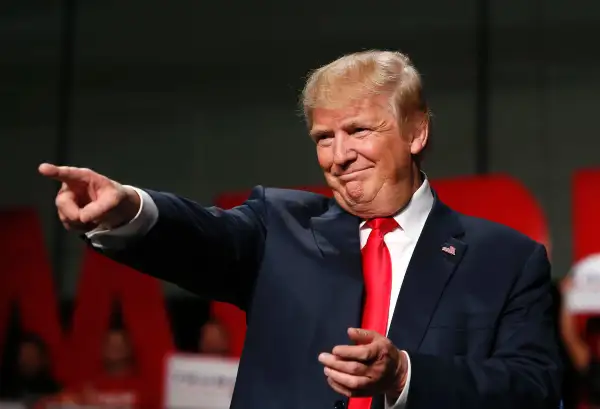How Trump's Tax Plan Targets Blue State Voters

The Trump administration has been looking for ways to cover the cost of its "massive" proposed tax cut. On Wednesday, it appeared to offer at least a partial solution: Make blue states pay.
Tax reform isn't easy. While almost everyone would like lower rates, in theory, the government needs to raise revenue elsewhere -- by eliminating some popular deductions -- or risk a ballooning budget deficit.
While undertaking tax reform, the Trump administration has promised to protect two of the biggest individual tax perks: deductions for mortgage interest and charitable giving, which cost the Treasury $68 billion and $51 billion a year, respectively. But a third -- the exemption for state and local taxes -- wasn't so lucky. Eliminating that loophole could bring in $63 billion a year, yielding more than $600 billion over the next decade.
One reason this deduction landed on the chopping block? It could be who pays. While wealthy voters in Democrat-leaning states benefit handsomely from many tax write-offs, the state and local tax deduction has one of the most dramatic political skews. That's largely because blue states tend to have the highest state and local tax burdens.
So just how dramatic is it? According to 2014 figures compiled by the Tax Foundation, taxpayers in just four deep blue states -- California, New York, New Jersey, and Illinois -- reaped nearly 44% of total benefit from the deduction. That means those four states pick up the lion's share of the tab if the deduction were eliminated.
In all, the 18 states that went blue on November 8 would wind up covering about two-thirds of the revenue increase, while the 31 that turned red would pay the remaining third of it.
Taxpayers in Maine, which split its vote, would see only a small increase in their bill.
